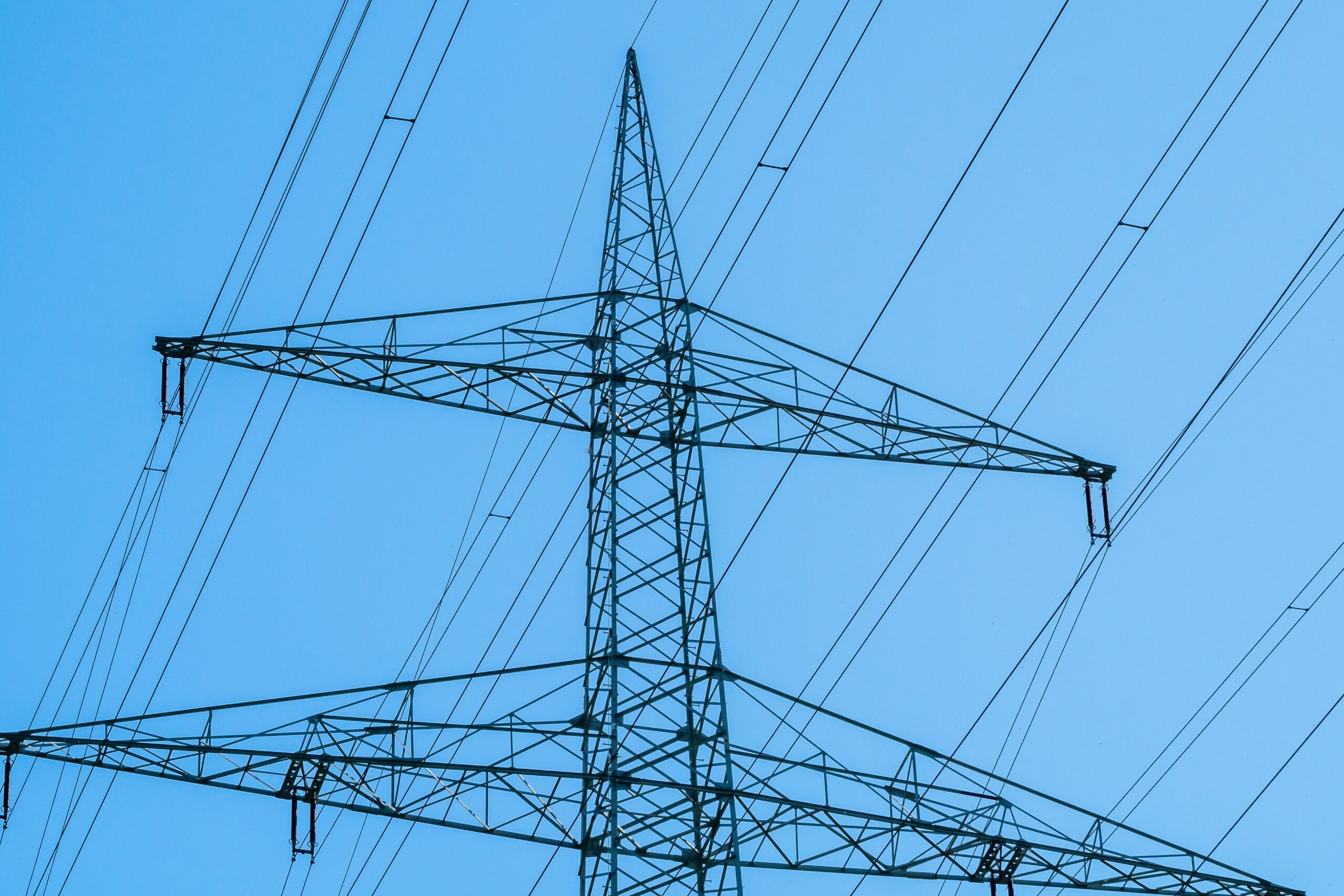Face it – electric bills don’t look like they used to. Rates have long been creeping up, and many utilities are making new changes that customers need to understand, or risk paying even more. Fossil fuel prices are volatile, for all kinds of reasons. In this landscape, it’s going to pay off better than ever to own a solar energy system, producing energy for you at a locked-in cost.
Your energy bill: Will it be higher than last month, last season or last year? Without solar, probably
There are two elements that drive most customers’ energy bills: the rate you pay per unit and total usage. This article mostly won’t deal with the usage part, but let’s address it a little bit up front. This past winter featured some rough cold snaps in our region, where many of us saw higher energy bills due to heating. This might be challenging with more family members working from home (or if you, like me, have a young child who wants nothing more than to stand at a sink for a half-hour at a time playing with the cold and warm faucets while she practices brushing her teeth.)
Meanwhile, the rising rate that utilities charge means we pay a multiplied price for energy consumed at home, penalizing energy inefficiency (and those ornery wasteful toddlers) and rewarding conservation. Keen to take control of your energy bill? Check out this blog for some prime opportunities to take control of all the cold weather energy savings you can.
Next, consider a home check by a certified organization that can make your home healthier and even help avoid moisture and pest damage.
Then you’ll just need to go solar, trading your grid-sourced energy for energy derived from your own solar arrays at a set cost.
Factoring in rising utility rates to measure your solar energy savings
Your custom consultation will include easy-to-follow charts and graphs showing your projected dollar savings. Be sure to ask what the assumed utility rate escalation is that your consultant used, since reasonable people can differ on exactly how much the amount might change. For fun, you could even ask them to show you by what year your solar would pay for itself even without any rate increase, so you can estimate a zero-escalation date and a 2% a year date, for example.
While you’re digging into the nitty-gritty with your Ipsun Solar rep planning your project, be sure to check in with them about choosing a loan from Clean Energy Credit Union, which as a reminder has remarkably low rates and does fantastic work to advance renewables.
Whether you go with financing or all cash, the value comes back to you fast in the form of clean energy. The lifespan of your equipment is 25-30 years or more, and every day, month, and year with solar heaps on the savings.
What if my utility changes more than just the rate, then what happens to my solar savings?
Utilities are floating various different approaches to collect hefty payments from customers while efficiency improves and solar energy use grows:
- Time of use schedules where peak periods cost the most and off-peak periods cost less. Sure, you could pay less to run your clothes dryer in the middle of the night, but unfortunately not all users would be able to shift their activities accordingly and could pay more for the same electrons – this could also de-value your solar somewhat, because your free and abundant energy would be flowing onto the grid if you’re not home to use it or lack a home battery to store it, and you’d be stuck using primo-priced utility power every evening.
- Flat plans, with a Netflix-like fixed charge. This might sound good if all you want is a predictable bill without spike-months, but depending on how it is calculated this amount may or may not offer savings in mild weather months, and doesn’t reward efficiency, can hurt low-income residents, and keeps customers from benefitting financially from going solar.
- Demand charges, which are additional fees tacked onto an energy bill based on the highest-consumption period in a given payment cycle, which sounds like the utility protecting itself from the expense of serving a big user a large amount of energy at that moment of maximum energy use, but others dub an attempt to raise bills for a reason that’s hard for the customer to control or change, and regressively ties pricing more to factors like the limited energy production and delivery systems that the utility has and less to overall energy consumption.
Not a fan of a complicated bill structure? The good news is demand charges aren’t popular, and as long as customers engage and tell our utilities and regulators that oversee them how we feel, the structure of your energy bill will stay logical.
In conclusion, buying a solar installation is luckily financially pretty straightforward in most utility service areas here in the DMV. You’ll have a system custom-fitted to your roof, and providing energy you’ll consume every day at a great price.




